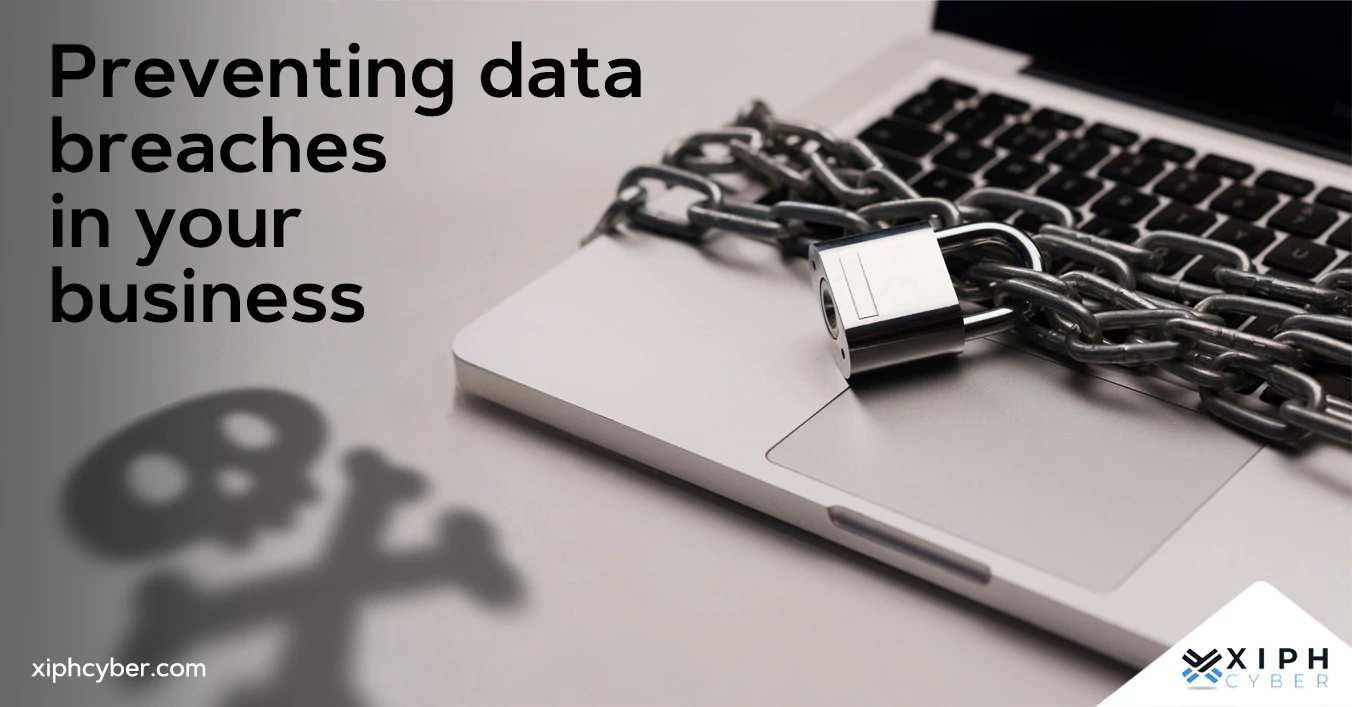Published Jul 19, 2023 by Xiph
Cloud computing offers endless opportunities and competitive advantages for scalability, IT performance and data security. However, there are known cloud computing vulnerabilities to be aware of. Cloud computing system vulnerabilities can be exploited by cyber criminals and lead to data breaches, unauthorised access to networks, and potential financial losses.

What is cloud computing?
Cloud computing is the delivery of computing services over the Internet (called the cloud). This can include cloud servers, storage, databases, software, analytics, and business intelligence. In simple terms, when a business moves to the ‘cloud’, it outsources the management of its IT infrastructure (and its cyber security) to a cloud computing provider. This infrastructure is stored offsite at a data centre. The cloud provider is responsible for integrating applications, developing capabilities and functionalities. Cloud computing works as a pay-as-you-go model – offering businesses big and small, a cost-effective way to manage and scale their IT for faster innovation and economies of scale.
How secure is cloud computing?
Cloud computing has a strong security posture overall since it uses stringent encryption protocols and remote data centres to host and manage a range of data and computing services. However, it’s never 100% secure. In fact, 45% of breaches in organisations are cloud-based, according to an IBM survey. While most businesses use some type of cloud service or hybrid cloud system, the top cloud security concerns remain data loss and breaches, as well as data and credential protection.
Cloud computing security risks and common pitfalls
Here are the most common cloud computing vulnerabilities to be aware of.
Insufficient data encryption
Some cloud providers only encrypt data once stored at rest in the cloud, which means any connections to cloud storage services and data in transit could be at risk of breach. Be sure that any connection to the cloud is made using encrypted HTTPS/TLS connections, while data in transit is encrypted with an industry-standard AES-256 cipher. Ideally, vendors should also provide field-level encryption.
Misconfigured cloud security controls
Inadequate cloud security settings, such as weak password protection, and insufficient role-based access controls and monitoring can leave cloud resources vulnerable to cyber threats. It’s the responsibility of organisations to configure the right security controls, while cloud service providers are tasked with upholding them. Organisations need to extend their security protocols to data centres, devices, and third-party providers.
Data compliance and privacy concerns
Cloud vendors know the regulatory standards of cloud storage but may not be up to date with the latest compliance and privacy laws in your industry or country. Organisations should proactively adhere to all relevant industry and privacy laws and coordinate with their cloud providers to ensure compliance is carried through.
Insufficient authentication
Not all cloud vendors provide multi-factor authentication (MFA) or adequate proof-of-identify mechanisms such as a default setting for access to cloud resources. Cloud users should enable MFA for all their cloud accounts and adhere to strict access management policies of least privilege and Zero Trust. This allows users to only have access to functions and services they need to do their jobs and nothing more. Nobody should be accessing data stored in the cloud unless they have the proper clearance.
Unsecured API (Application Programming Interface)
APIs are often the source of security concerns, especially if left unprotected. Firstly, because API endpoints are accessible to anyone externally that calls the API, which means there’s a risk of a sensitive information breach if the API goes rogue. For APIs to securely transfer data between applications, they need access to sensitive software functions and data, making them prone to cyber attacks. It’s important to practice good ‘API hygiene’ which includes MFA, strict access controls, encryption, and activity monitoring.
Third-party risks
Cloud computing relies on third-party vendors to provide cloud services which come with additional risks. Be sure to carefully vet all cloud service providers you want to use and take note of the security controls and systems they use before settling on a particular vendor.
How to secure your cloud systems
The specifics of your organisation’s cloud security will vary depending on your cloud usage and needs. However, there are some best cloud security practices and prevention is always the biggest one. Ensure your cloud systems have rigorous compliance certifications and non-negotiable cyber measures in place, like:
- Data encryption capabilities for both data in transit and at rest
- Clear data retention and backup policies
- Virtual Private Cloud (VPC) networks
- Cloud identity and access management (IAM)
- Firewalls on cloud servers
- Antivirus programs
- Vulnerability and incident response tools.
Ideally, cloud vendors should employ fully automated security solutions that test systems for vulnerabilities in real time and conduct periodical audits of their security posture and regular penetration testing.
Organisations also have a role to play in ensuring employees are trained in using cloud technologies safely.
A final word
Cloud security is a shared responsibility. While cloud vendors may provide robust security protections, businesses still need to play an active role in securing their data, applications, and remaining infrastructure. It’s important to assess cloud security posture in real time. For more information on cloud security best practices, contact us via email: enquiries@xiphcyber.com.
Posted in: Security



